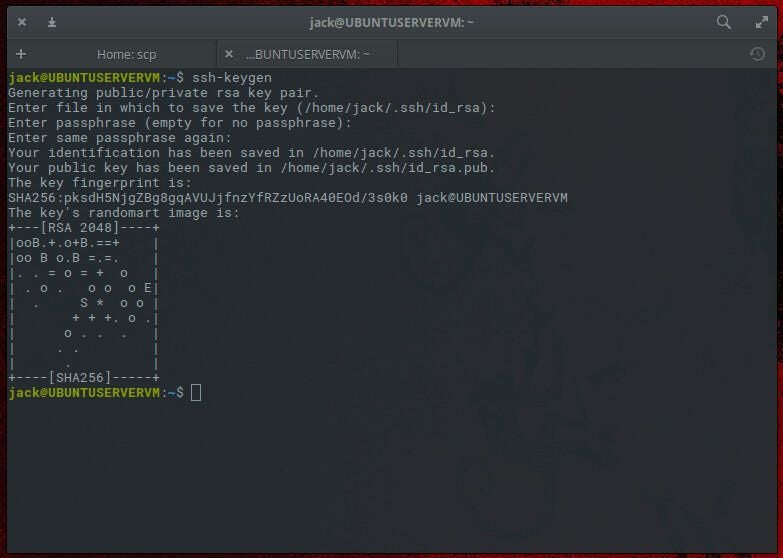A basic digitization of paper records is a good start, but it can cause serious gaps in your data. Here are three things that can be missed in a digital transformation.
In 2018, a TechRepublic Premium survey revealed that 70% of survey respondents said that their companies had a digitalization strategy, and in a similar report released in October 2020, 60% were forced into digital transformation because of COVID-19.
Digital transformation is a driving force in companies, with some researchers predicting that by 2023, digitalized companies could contribute more than 50% to global GDP.
SEE: TechRepublic Premium editorial calendar: IT policies, checklists, toolkits, and research for download (TechRepublic Premium)
But how are companies using this data? Let’s place the focus on dark data, which is more than half (55%) of the data that companies have under management.
Research firm Gartner defines dark data as “information assets that organizations collect, process, and store in the course of regular business activity, but generally fail to use for other purposes.” This data can come from CRM, ERP, and other systems, but just as often, it can come from stacks of paper documents, films, photos, etc., that are sequestered in company closets and storerooms.
Some of these documents haven’t been looked at for decades, while others, such as medical or dental records, are regularly referenced. Nevertheless, if they are in paper form, they are taking up floor space and adding to the costs of facility management.
I’ve consulted with a number of companies on digital transformation, and this is what I’ve learned: That the majority are focused primarily on eliminating paper documents. Secondly, once they have these documents digitized, the primary use they have for them is in keyword searches (i.e. patient name, subject search, etc.).
This is great. The ability to search across troves of digital documents in a split second, instead of manually mulling through paper, gives companies enormous gains in time to market for business processes that formerly were very labor intensive.
SEE: Chatbot trends: How organizations are leveraging AI chatbots (free PDF) (TechRepublic)
The problem with this approach is that most companies stop there. Once they have their paper documents, physical films, and photos, etc., digitized and searchable on a document management platform, they feel they have arrived at a successful completion of their digital transformation project. Unfortunately, an approach like this can leave other potential digitalization gains and practices on the table.
Here are some processes that get neglected in this type of digital transformation:
1. eDiscovery legal software
Legal costs are soaring for companies, even if they have their own internal counsel. An eDiscovery system, whether on premises or in the cloud, is going to need access to internal company documents, some of them many years old.
eDiscovery systems are designed to code and reference documents for legal use. These legal search criteria will differ from the user-specified search criteria that finance, purchasing, and other business departments initially load into your document management system for their own search purposes.
SEE: Big data success: Why desktop integration is key (TechRepublic)
Being able to easily upload documents into an eDiscovery engine when you need to can potentially save your company hundreds of thousands of dollars in document legal discovery that would otherwise be manual and costly. Minimally, you should ensure that the document management system you use can easily interface with eDiscovery systems.
2. Data cleaning
One area in which paper documents have been getting digitized is medical records. This happens in a desire to rid offices of paper, but also when company acquisitions are made and disparate medical systems (and their documentation) need to be blended.
The risk when events like this happen is that information for patients can get lost or confused. This happens when there are data inconsistencies and data is not sufficiently cleaned and prepared before it is stored in the digital document management system.
SEE: You can use RPA to help with data cleansing for analytics (TechRepublic)
Not including data cleaning and preparation as a preliminary step before data is stored into a document management system is a dangerous practice. Upfront, IT should insist on preliminary data cleaning for any document management project to ensure high quality data in the system.
3. Historical research
During the COVID-19 pandemic, many academics, scientists, medical professionals, and business leaders have revisited the 1918 influenza pandemic to understand how economies, people, governments, and institutions reacted. The goal has been to understand a situation that is similar to the one we are in now so we can respond to crisis as best as possible.
SEE: Dark data may be tamed with natural language processing (TechRepublic)
The pandemic is only one event. There have been world wars, climate fluctuations, political unrest, supply chain disruptions, economic downturns, and many other events that have occurred through time. By researching historical data on world events, company actions, strategies, and messaging, companies can obtain guidance and best practices that have worked in the past—and insight into those that didn’t.
From a digitalization standpoint, companies shouldn’t be so hasty to throw away old documents without first considering their historical value in informing new decisions and in contributing to long-term trends analysis.
Why is digital transformation important?
There is more to digitizing documents than scanning and indexing them. A follow-on roadmap should detail out future systems (e.g., eDiscovery) that these documents may be needed for.
Upfront, digitization projects should include data cleaning as well as scanning, indexing, and other operations.
Finally, the pandemic alone has shown us that yesterday’s history and lessons learned can matter today. You never know when it might make sense to revisit an old strategy.





